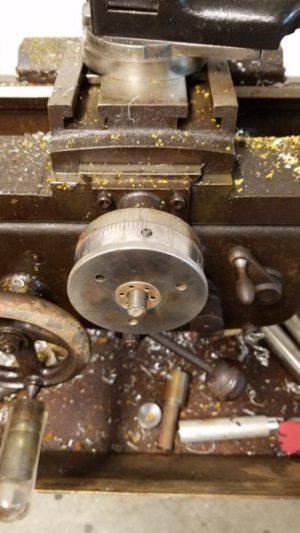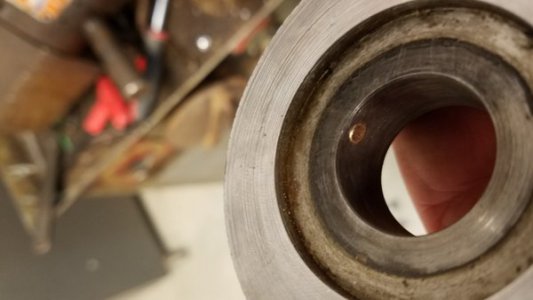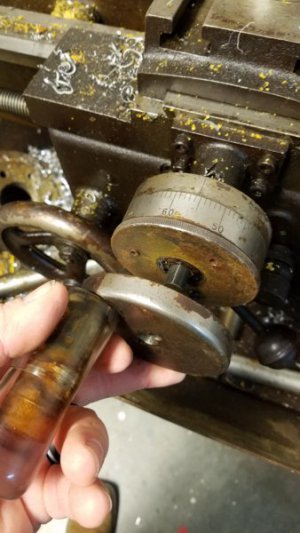- Joined
- Jun 8, 2016
- Messages
- 603
I got it all apart. It there is more to it than the parts diagram shows. Some of it I don't understand why they did it. I will post pics tonight or in the morning. Parts are soaking to clean the 'stuff' off of them.





 You are correct Ted.
You are correct Ted.